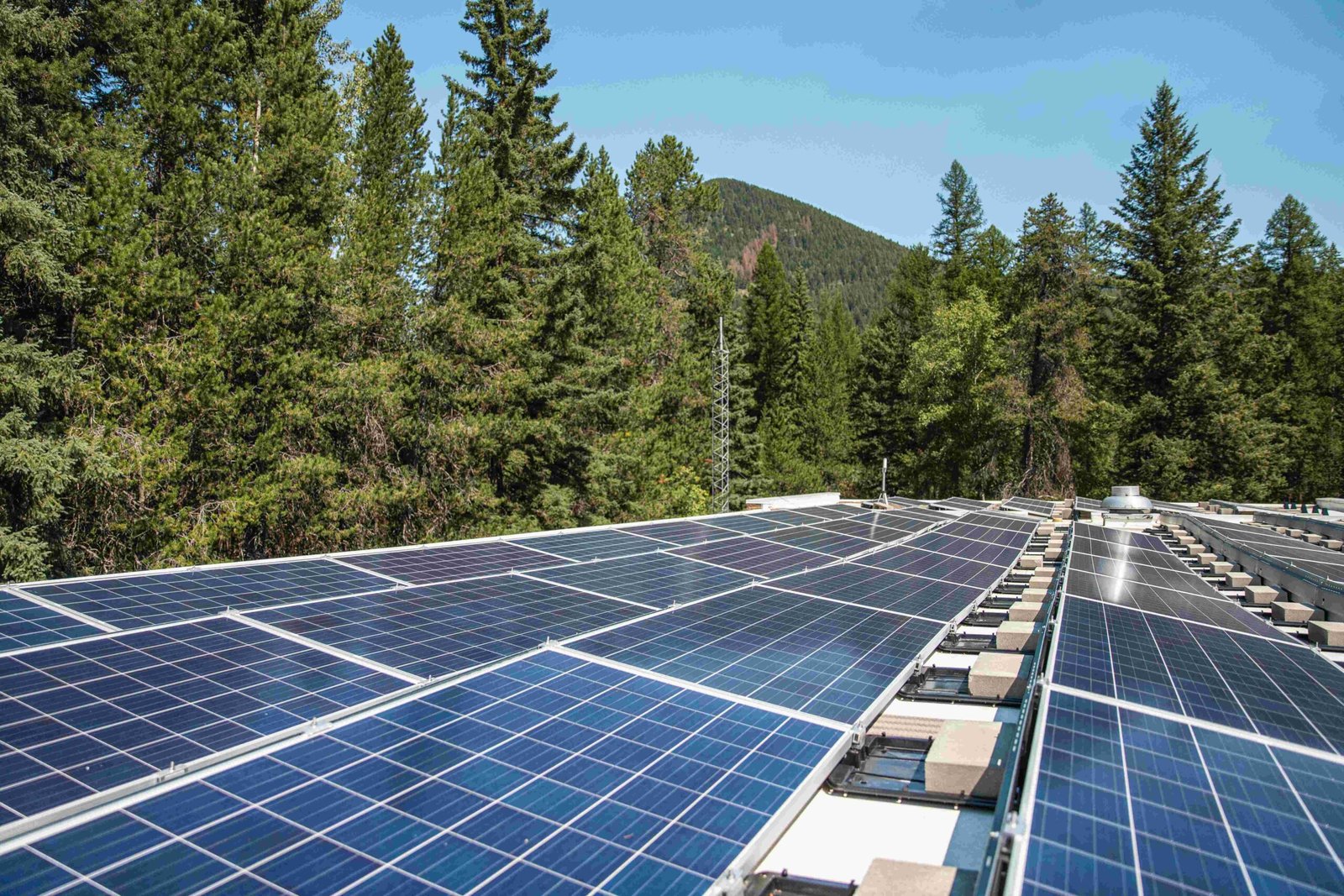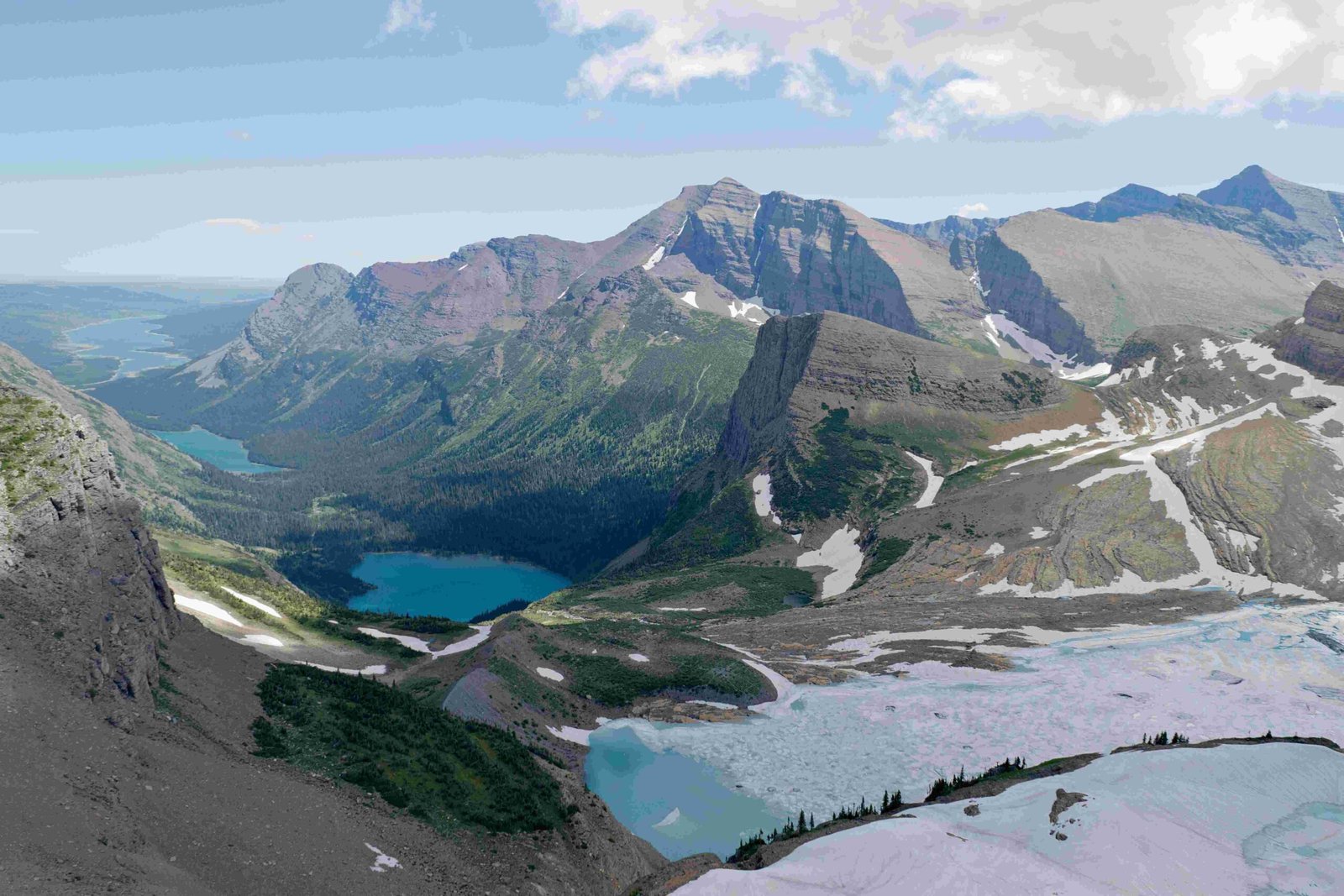On August 25, Johan Otter and his daughter Jenna were hiking the Grinnell Glacier Trail in Glacier National Park when they encountered a grizzly bear with cubs. The bear charged and mauled both Johan and Jenna, resulting in severe injuries. Despite the traumatic experience, both survived the attack. This incident highlights the importance of bear safety awareness and proper preparation when visiting areas with known grizzly populations.
What Happened During the Grizzly Bear Attack?

The attack on Johan Otter and his daughter Jenna occurred on the Grinnell Glacier Trail in Glacier National Park. Here’s a detailed account of the incident:
- Johan and Jenna were hiking to celebrate Jenna’s high school graduation.
- Jenna spotted a grizzly bear with two cubs near a 20-foot-tall boulder.
- She warned her father, but Johan didn’t see the bear immediately.
- The bear charged at Johan, biting his left thigh.
- Johan yelled for Jenna to come down, which caused the bear to turn its attention to her.
- Jenna attempted to use bear spray but couldn’t release the safety lever in time.
- She fainted and fell, breaking her back.
- Johan instinctively stood his ground and later went into a fetal position to protect vital organs.
- Jenna played dead to deter the bear.
This harrowing experience underscores the unpredictable nature of wildlife encounters and the importance of being prepared for such situations.
What Are Glacier National Park’s Safety Protocols for Bear Encounters?

Glacier National Park has established comprehensive safety protocols to minimize the risk of bear encounters and protect visitors. These guidelines include:
- Carry Bear Spray: Visitors are strongly encouraged to carry bear spray and know how to use it properly.
- Make Noise: Hikers should make loud noises while on trails to avoid surprising bears.
- Travel in Groups: It’s recommended to hike in groups of three or more to reduce the risk of bear encounters.
- Stay on Designated Trails: Visitors should stick to marked paths and avoid areas with known bear activity.
- Proper Food and Trash Storage: Use bear-proof containers and maintain a clean campsite to avoid attracting bears.
Table: Bear Safety Tips in Glacier National Park
| Tip | Description |
|---|---|
| Be Aware | Watch for signs of bear activity |
| Keep Children Close | Always have children within arm’s reach |
| Avoid Peak Bear Hours | Don’t hike at dawn, dusk, or night |
| No Feeding | Never approach or feed wildlife |
| Heed Warnings | Respect trail closures and bear advisories |
How Did Emergency Services Respond to the Mauling Incident?
The immediate response to the grizzly bear attack on Johan and Jenna Otter involved:
- After the attack, Johan and Jenna managed to return to their campsite.
- They called for help from the campsite.
- Emergency services were alerted, and a rescue operation was initiated.
- Both victims were airlifted to a hospital for urgent medical treatment.
While specific details about the emergency services contacted and the exact medical assistance provided are not available, it’s clear that the park’s emergency response system was activated promptly to ensure the victims received timely medical attention.
What Can Visitors Learn from This Grizzly Bear Encounter?
The incident involving Johan and Jenna Otter provides valuable lessons for park visitors:
- Bear Spray Proficiency: Know how to use bear spray effectively, including how to release the safety lever quickly.
- Situational Awareness: Always be alert and watch for signs of bear activity while hiking.
- Quick Decision-Making: In case of an encounter, decide quickly whether to stand ground or play dead based on the bear’s behavior.
- Stay Calm: Remaining as calm as possible during an attack can help in making better decisions.
- Follow Park Guidelines: Adhere strictly to all safety protocols and guidelines provided by the park.
How Has This Incident Influenced Park Policies?
While specific policy changes resulting from this incident are not mentioned in the available sources, it’s likely that Glacier National Park has used this experience to:
- Reinforce existing safety protocols
- Enhance visitor education about bear encounters
- Possibly increase patrols or monitoring in areas with high bear activity
- Review and update emergency response procedures
The park continuously evaluates and updates its safety measures based on such incidents to better protect visitors and wildlife.
What Should Visitors Do to Prepare for Potential Bear Encounters?
To prepare for potential bear encounters in Glacier National Park, visitors should:
- Educate Themselves: Learn about bear behavior and proper response techniques.
- Carry Proper Equipment: Always have bear spray and know how to use it.
- Plan Ahead: Research trail conditions and recent bear activity in the areas you plan to visit.
- Travel in Groups: Whenever possible, hike with others to reduce the risk of encounters.
- Make Noise: Use your voice, bear bells, or clap hands to alert bears of your presence.
- Avoid Peak Bear Hours: Plan hikes during daylight hours when bears are less active.
- Store Food Properly: Use bear-resistant containers and keep a clean campsite.
- Stay Alert: Be aware of your surroundings and watch for signs of bear presence.
By following these guidelines, visitors can significantly reduce the risk of dangerous bear encounters and enjoy a safer experience in Glacier National Park.
References:
1. https://www.backpacker.com/survival/survival-story-surviving-a-grizzly-attack-in-glacier-national-park/
2. https://www.cbsnews.com/news/father-daughter-recall-grizzly-attack/
3. https://www.imdb.com/title/tt2208565/